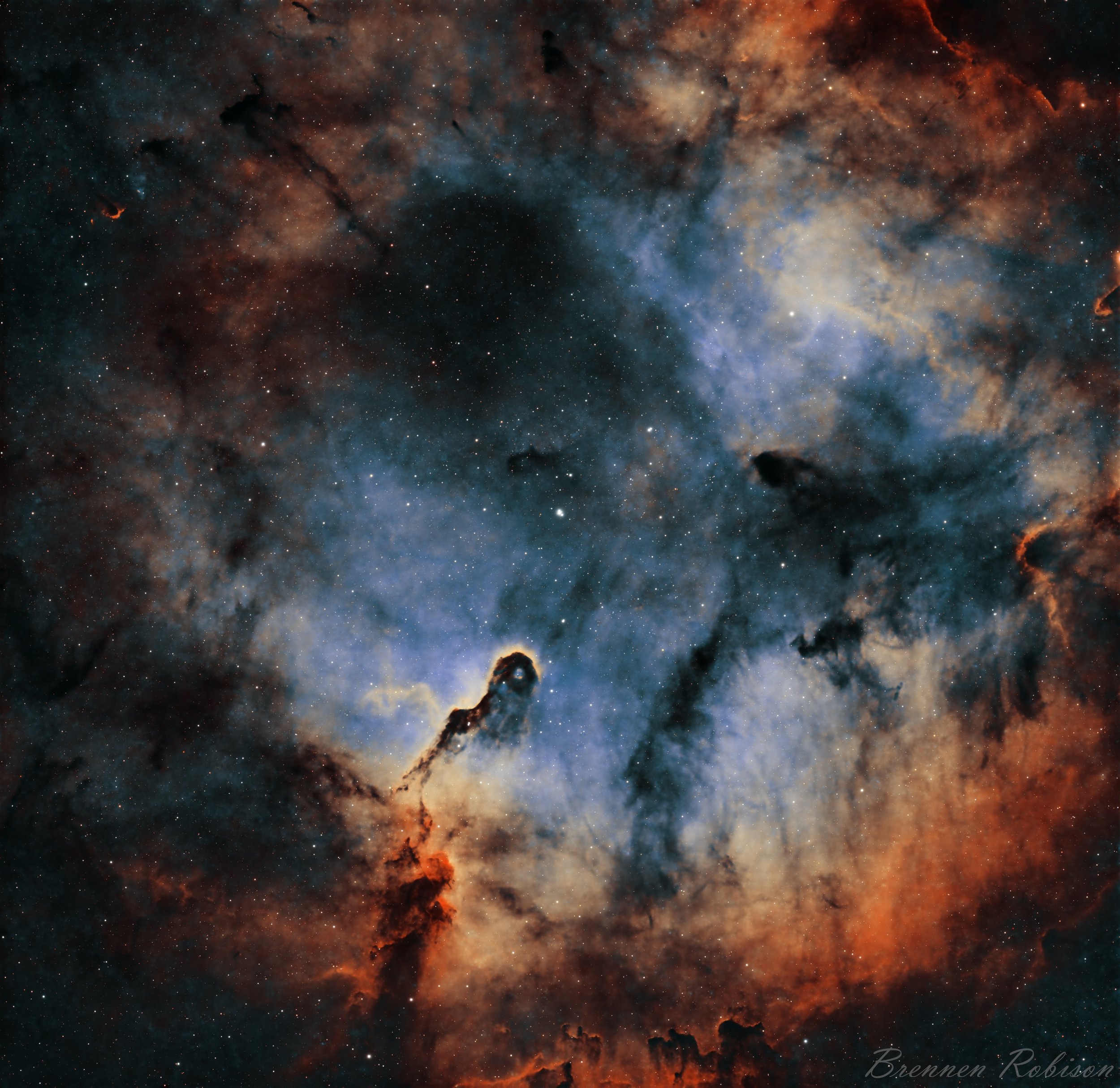What is Astrophotography?
Hello! before we begin, let me introduce myself. My name is Brennen Robison, I am the astrophotographer behind Big Astro Photos. Here is more information About Me. This series of articles will help guide you along your journey to become a successful astrophotographer. If you have any subjects you would like me to cover in this series, Contact Me and send me suggestions!
Astrophotography is a unique art, and can take many forms. Generally, astrophotography is achieved by taking multiple long exposure images with a scope or lens that can collect as light as quickly as possible. Photographers take multiple images of the same target then combine the images together by stacking them together. They are then stretched and processed to highlight the faint details of the targets.
The first step when starting astrophotography, is to decide what type of astrophotography you are going to pursue. There are 3 main types of astrophotography. These types include nightscapes, planetary, and deep sky. The type of astrophotography you chose will dictate what gear you will need, data acquisition methods, and processing workflow.
Nightscapes
Nightscapes are taken with a wide field camera lens and DSLR, and is very similar to landscape photography. Often times this includes a creative foreground choice, with the milky way core as the main target. To pull out the most detail of the Milky Way core, photographers will take multiple longer exposure images, and then use software to stack and combine the images into one, increasing the signal to noise ratio. Another popular target is Aurora Borealis, otherwise known as the Northern Lights.
Planetary
Planetary imaging is photographing the planets and the moon, to resolve high amounts of detail of small objects within our solar system. Since the planets appear to be so small, planetary imaging utilizes larger aperture telescopes with a high focal length. The most common type of scope used for planetary imaging is reflector telescopes.
Those who image planets or the moon, utilize a technique known as Lucky Imaging, where the photographer takes video of the planet, and uses software to pick out a percentage of frames with the sharpest focus. They then stack those frames together to pull out the finer details of the planets.
A similar sub-category is solar photography, using high power solar filters allowing photography of the sun and its features.
DSO’s
Deep sky astrophotography captures deep sky objects (DSO’s), and focuses on targets that are not planets or individual stars. There are many types of DSO’s, however the most common include nebulae, galaxies, and star clusters.
For DSO’s it is necessary to use a telescope mount that can track the sky as accurately as possible, using a tracking mount. The mount is aligned with the North Star, otherwise known as Polaris. This process is called Polar Alignment. The mount then is set to move at the same speed the Earth moves, but in the opposite direction to counteract the Earth’s rotation. This allows the telescope to follow the night sky throughout the night with pin-point accuracy.
Deep sky astrophotography caters to a wide variety of photographers, ranging from a beginner using a DSLR and a telephoto lens to take many hand-tracked short exposures, to a large telescope taking long exposures using specialty narrowband filters, often exceeding 10 minutes per photo with file sizes reaching over 100mb per exposure.
My Astrophotography Style
My primary style of astrophotography, is deep space astrophotography. I specialize in photographing wide sprawling nebulae with small aperture refractor telescopes and narrowband filters, but also photograph distant galaxies in the spring. I occasionally dabble with the other types of astrophotography, however I don’t own the gear to produce high quality images in these categories yet. You can check out the gear I use to capture DSO’s here


